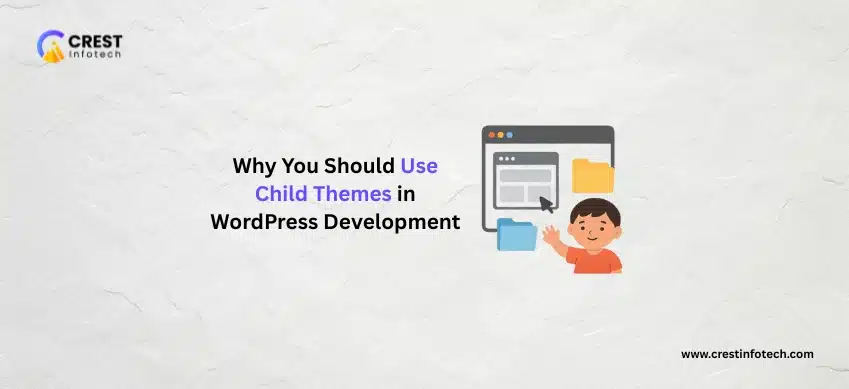Exploring WordPress Hooks and Filters: Customizing Themes and Plugins
Customizing WordPress doesn’t always require modifying core files — that’s where hooks and filters come in. They allow developers to extend or alter WordPress functionality safely and efficiently. Understanding how to use them empowers you to create more flexible and maintainable themes and plugins.
1. What Are Hooks and Filters?
Hooks and filters are part of the WordPress Plugin API that let you modify behavior or output at specific points during execution.
- Actions (Hooks): Execute custom functions at predefined points in WordPress.
- Filters: Modify data before it’s displayed or saved.
- Both help you avoid editing core WordPress files, ensuring upgrade safety.
2. Using Action Hooks
Action hooks let you inject custom functionality at various stages of WordPress execution.
- Use
add_action()to hook your function. - Common hooks include
init,wp_head, andwp_footer. - You can even create your own custom hooks for plugin or theme development.
function my_custom_function() { echo '<p>Hello from my custom action!</p>'; } add_action('wp_footer', 'my_custom_function'); “Actions give you control over when and where your custom code runs.”
3. Using Filters to Modify Output
Filters modify content before it’s output or saved in the database.
- Use
add_filter()to apply your modification. - Great for altering titles, excerpts, or custom data.
- Filters always return the modified value.
function modify_post_title($title) { return '✨ ' . $title; } add_filter('the_title', 'modify_post_title'); 4. Creating Custom Hooks
You can define your own hooks to let others extend your code easily.
- Use
do_action()to create a custom action. - Use
apply_filters()to create a custom filter. - This makes your plugins and themes more developer-friendly.
// Custom action do_action('my_plugin_after_save', $post_id);
// Custom filter
$title = apply_filters('my_plugin_title_filter', $title);
5. Debugging and Managing Hooks
Managing many hooks can get complex — so debugging tools help.
- Use plugins like “Query Monitor” to inspect hooks in use.
- Keep naming conventions consistent for easier tracking.
- Remove unwanted hooks using
remove_action()orremove_filter().
“A clean hook structure leads to more maintainable and scalable WordPress projects.”
Final Thoughts
Hooks and filters are the backbone of WordPress customization. By mastering them, you can extend themes, modify plugins, and fine-tune your site without touching core files. They’re essential for developers aiming to build flexible, future-proof WordPress solutions.



